Fueling Up! Part 1
An Introduction to Nutrition for Aerialists; Part 1
by Riley Larson, MS, RDN, LD
The MN State Fair is over, fall is upon us, and school is back in session! Grab your pencils and notepads, everyone, because whether you’re slogging through another fall semester of college or you’re just as happy to have classroom learning behind you, there’s something to be said for learning how proper nutrition can positively impact your aerial training and performance!
As an athlete, I’ll ask you to think of your body as a car. It could be a sweet NASCAR racer, a Prius, a minivan—take your pick. If your car doesn’t have gas in the tank and all its parts working properly, it’s not gonna go anywhere fast. In fact, it’s not going to go anywhere at all; it’s just going to sit in your garage and be sad.

With that in mind, let’s talk about how to balance food choices! All foods are made up of the following three major components, called macronutrients, that each serve a critical role in allowing our bodies to do our awesome and exhilarating aerial work:
Carbohydrates. All cars need fuel in order to drive, and in this metaphor, carbohydrates are your car’s fuel source! Without fuel, your car may look sleek or spacious or economical or whatever attributes you’d like to assign it on the outside, but it’s ultimately pretty useless because it can’t go anywhere. In other words, if your body doesn’t have energy from carbohydrates, it’s a lot more challenging to perform your best as an athlete- you’ll have less power, speed, and attention. Another fun fact: your brain’s preferred fuel source is carbohydrates- think vegetables, whole fruit, and whole grains like pasta, rice, or oatmeal! Without them, greater alternate energy sources are needed, resulting in slowed cognition and reaction time, two critical needs for high-flying aerialists.

Proteins. If carbs are the fuel in your tank, protein is the sleek and sexy body of your sweet ride as well as the engine machinery. Proteins provide the building blocks for tissue maintenance, repair, and growth with training (i.e. muscles, tendons, ligaments, bones, etc.). Proteins are also necessary for hormone production, immune system function, and provide the mechanisms that allow your body to turn food into energy. Just like all the fuel in the world would be useless without the car itself, just eating carbs is pretty silly if you’re not also eating a balanced amount of protein foods. Examples include meats, fish, poultry, tofu, beans, and nuts.
Fats. Fat gets a bad rep sometimes in media, but how would you like to ride in a car with no seats, A/C, fancy computer systems, or Bluetooth? Fats are essential for your body’s ability to thermoregulate as well as a cushion for your organs and bones- all the comfy stuff! Fats are just as important as proteins for hormone production and immunity and are also critical to maintain brain and cellular structures. Finally, fats have a special function: they can be used as fuel during both low and high intensity endurance activity. Fats are found in foods such as peanut butter, cheese, nuts and seeds, butter, hummus, and avocadoes.
It should be clear by now that each macronutrient serves a purpose in our bodies and there are no “bad” macros. By including all the macronutrients in a balanced way in their daily nutrition, aerialists can ensure their bodies are ready to SLAY every performance.

---
Stay tuned for more posts in the Fueling Up! series by Riley Larson!

Bio:
Riley Larson, MS, RDN, LD is a registered and licensed dietitian with experience in sports nutrition, maternal and child health, and eating disorder treatment. She earned her Bachelors of Science in Nutrition and a minor in Psychology from Oklahoma State University and her Masters of Science in Nutrition from the University of Minnesota. She works with a variety of active clients to maximize performance, minimize injury, and maintain positive body image.
---
Images:
Car photo by Mattia Righetti
Vegetables photo by Alexandr Podvalny
Proteins photo by Sandie Clarke
